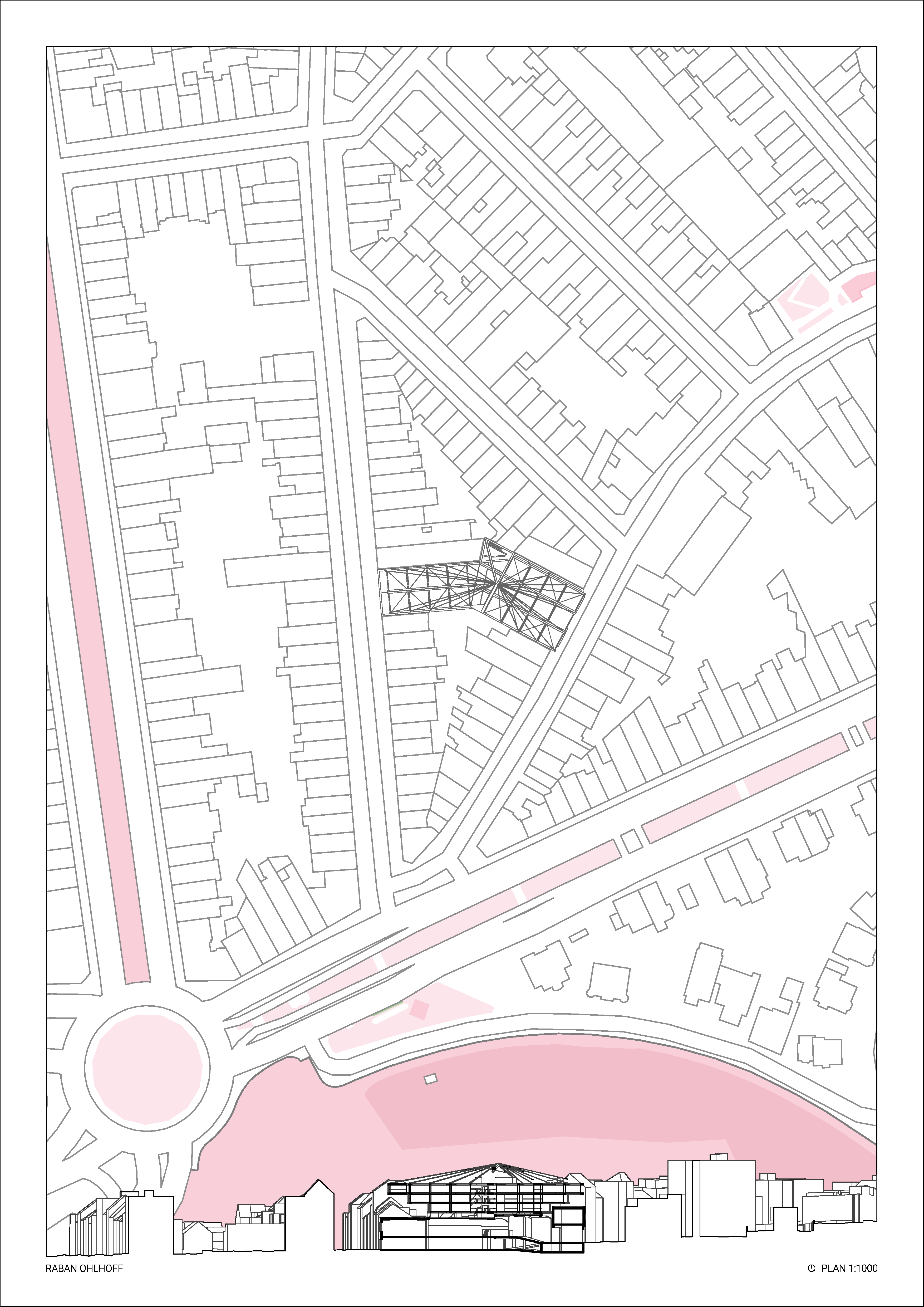SPACE BETWEEN 2022
What is the role of white space in our urban environment, what does it define? By its omnipresence and undeniable importance, it contributes in an essential way to the experience of our urban landscape. However, if we take a closer look at this theme, we notice that this described space can only be defined by negation. It is thus found between various oppositions such as: concrete - nature, transition - rest, intimacy - anonymity, public - private, design - random, mass - void, active - passive, closed - open, chaos - order. Somewhere on the spectrum of all these contrasts, we can guess this intermediate space. Exploring this phenomenon requires the tools of urban planning and architecture, but fields such as culture, sociology, demography, and behavioral psychology are equally important for understanding its structure. The primary objective in this approach is not to define the situations that lead to the optimal creation of such urban areas, but rather to proceed to a careful observation in order to be able to make possible proposals for improvement.
In order to realize a sensitive analysis of the existing situation in the Brussels districts of Forest and Saint-Gilles, a comparison is established with the German capital Berlin, by putting in parallel similar urban constellations in order to evaluate the possible differences and to draw conclusions. In order to do so, it is necessary to observe the composition of the urban situations and to classify them according to their components in order to identify possible qualitative or quantitative gaps. The general analysis phase at the macro level is followed by the concrete analysis of a specific situation existing in the intervention area, which allows to propose new approaches with the help of conceptual isnterventions. The key is not to look for final solutions or to propose deterministic designs, but rather to look for sensitive proposals to favorably influence the situation, based on the knowledge acquired in the previous steps. Particular attention will be paid to the spatial claims of the inhabitants and the role of nature in the urban space.
TECHNIQUES : FIELD STUDY | INKSCAPE | BLENDER




























